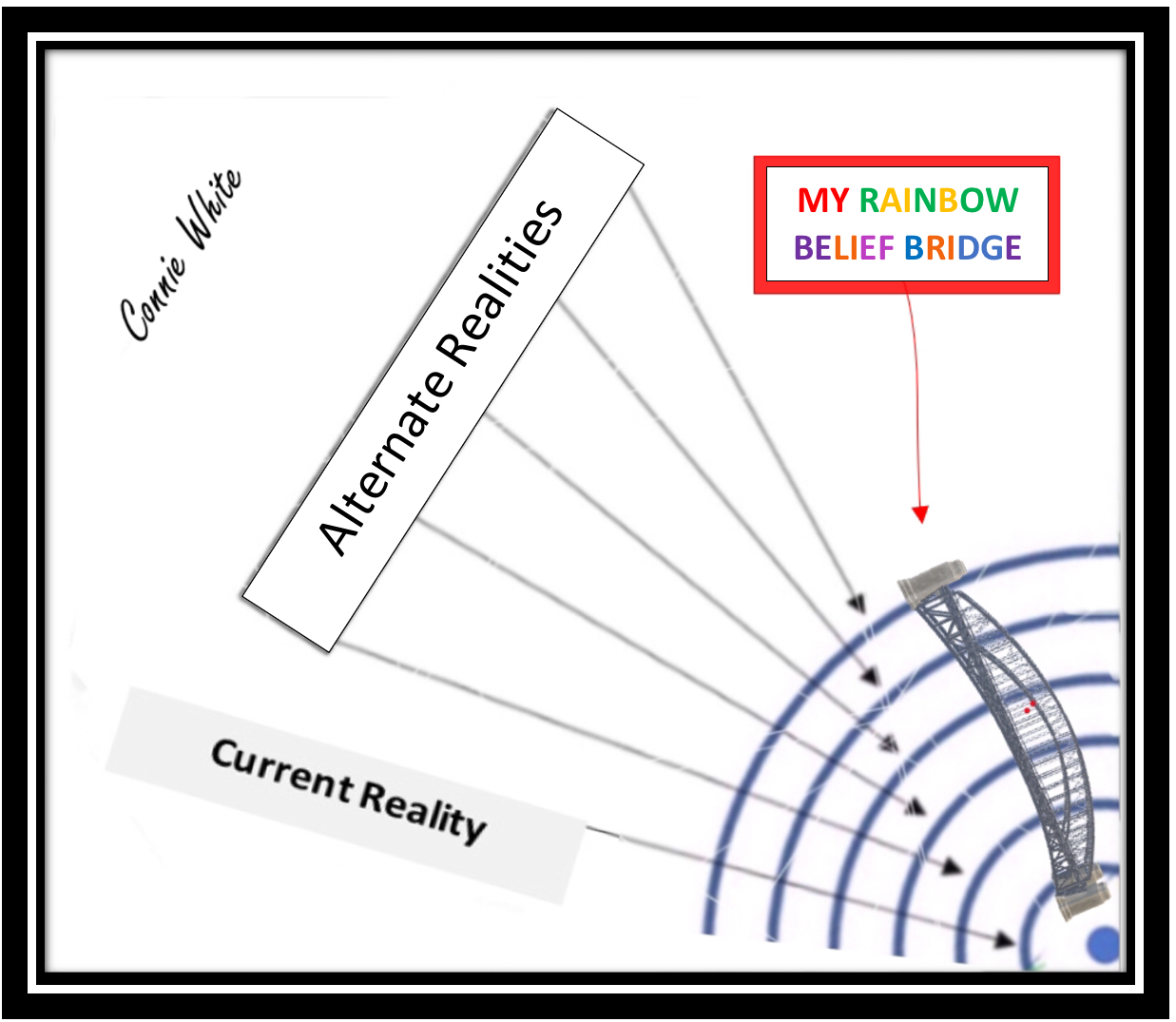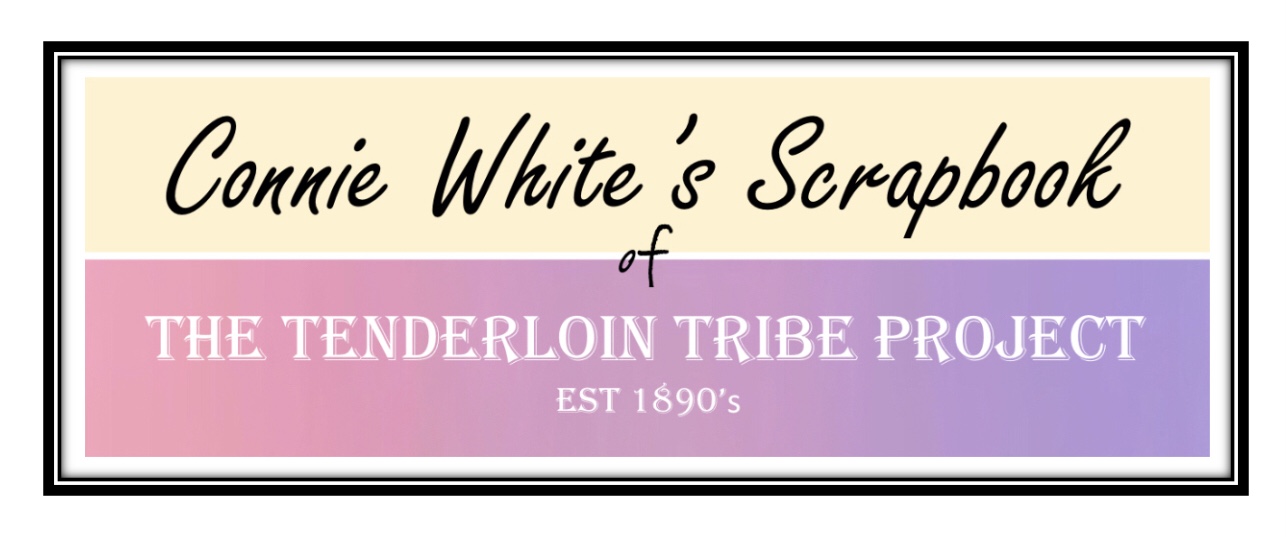This Is What I Believe Part I and This Is What I Believe Part II are prerequisites to this entry. At one point in my life, I discarded all of my Christian and Biblical beliefs and only embraced the teachings of Abraham Hicks. Interestingly, Abraham is the very one who gave me the idea of choosing a little of this and a little of that when building my belief system. See, Abraham has this analogy about going through a buffet line and choosing only what you really want to put on your plate. Of course, this is directly in opposition to what my father taught from the pulpit.
He preached that Christians are not to pick and choose what they want to believe. Rather, they should embrace all the teachings. Once, I had a very elderly patient whose religion was all of them. And he was well versed within each. It sounds chaotic. But when chaos is properly organized, the visual result of choosing some of this and some of that is similar to that of a patchwork quilt whose colors resemble a rainbow. But instead of making a quilt, I’m building a bridge from where I am to where I want to be. And that takes me back to a diagram which I previously discussed.

Let’s say I want to move from my current reality to the very last alternate or parallel reality as shown in both the illustration above and below. Instead of trying to quantum leap, I can build a bridge to the next closest one and then to the next closest one and so forth. I can gradually change realities. Of course, when I get there, I will not be satisfied. I will continually be moving towards the next and the next. And that is why it really is more about the journey than the destination. I didn’t believe that cliche theory until I learned otherwise from Abraham.

I have a method for choosing the individual bridge planks, each of which represents a belief I hold. I choose the belief based on how I feel about it. I don’t force myself to choose beliefs I can’t yet believe. I also work with, instead of against, my current psychological makeup. For example, I’m strongly wired for pattern recognition. It feels very natural for me to categorize data by putting it into boxes. Let me give an example. After working at the crisis line for some time, I got to where I knew within the first few minutes what mental health diagnosis, if any, the caller had.
Rarely, if they had previously been diagnosed, did they tell me something different than that which I had already deduced. So even though I sometimes wish I didn’t have to sort, divide and assign labels, my brain does it for me automatically. I find it easier to just work with it. Because astrology is about recognizing which attributes go with which houses, planets or degrees, I am drawn to it. Of course, it is forbidden right alongside witchcraft, within my IFB roots.
In fact, I had been an adult for awhile before I found out that I am a Pisces which is just another way of saying my sun is in Pisces. For so long, I had no idea that a person also has both a moon and rising sign. And I certainly didn’t know I had a whole natal chart. Now here is the important part. I do not get lost in the details or semantics. Many astrologers argue about whether it’s this house or that house in which certain characteristics belong. They also debate which house system should be used. I learned the Placidus system before I ever knew there was another.
These debates remind me of the IFB-ers who believe all other Christians who use any version of the Bible other than the KJV, are wrong. It also makes me think of my former yoga teacher who looked down on any modern yoga practice that deviated from the original and “true” method. The way I see it though, since beliefs, both individual and collective, create reality, we can create new meanings, interpretations and practices. If we do it collectively, then all the more powerful it is. Of course we don’t have to throw away the OG, the old or the original.
We can do things in new ways while still acknowledging that there is a season for both dogma and traditionalism. Now that I have detailed my belief system, I can resume where I left off talking about my aura photo as it relates to The Punishment of Pretty Privilege. But first, I should acknowledge that the term, rainbow bridge, is traditionally used to metaphorically describe the path taken by beloved pets who leave our presence within this physical realm.
Nevertheless, in my mind, it is still an appropriate analogy for me to use in a different but similar way. After all, my entire story is about repeated cycles of death and rebirth. This includes the death of beliefs which I once embraced. And the transformation brought about from these cycles very much resembles the symbolic rainbow colored bridge planks which were birthed from the storm. And that completes my three part belief series. So, I’m going back to the subject of jealousy, which is where I was headed before I took this rabbit trail.

